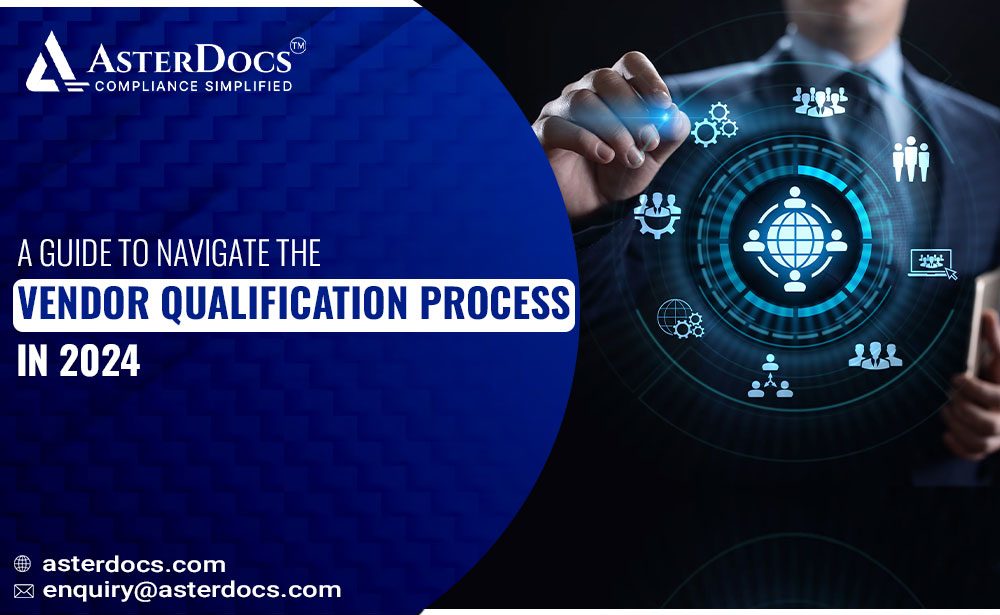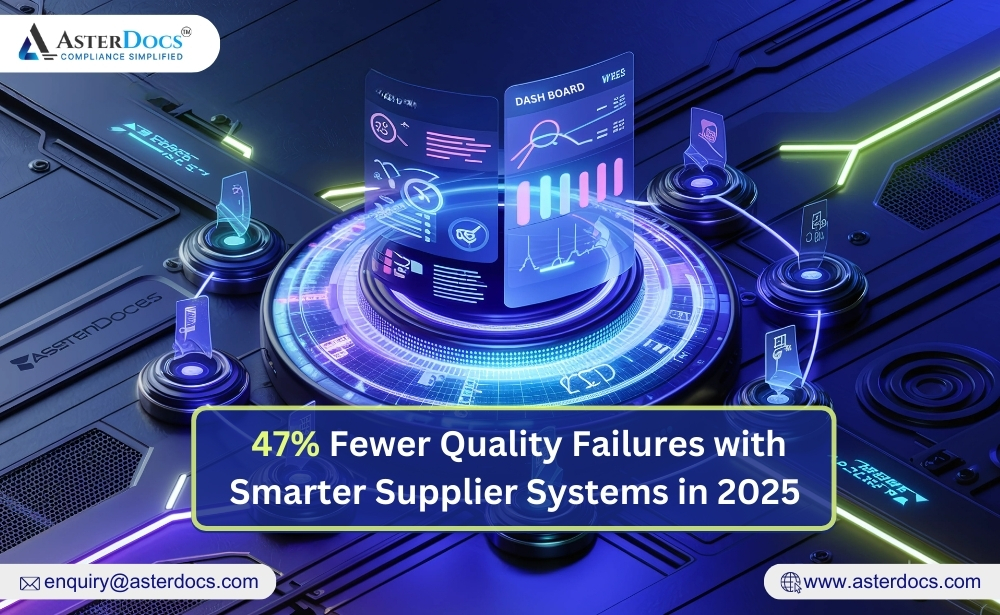In the dynamic landscape of modern business, establishing strong partnerships with vendors is a critical factor for success.
Vendor qualification, the process of evaluating and selecting suppliers based on predefined criteria, has emerged as a strategic cornerstone for companies across industries.
In this blog, we’ll delve into the essentials of the vendor qualification process, exploring key steps and best practices that can drive your organization’s supplier relationships to new heights.
Understanding the Vendor Qualification Process
The vendor qualification process involves a series of systematic steps aimed at ensuring that suppliers meet specific standards and requirements set by the purchasing organization.
These steps play a pivotal role in mitigating risks, optimizing costs, and enhancing overall operational efficiency.
Key Steps in the Vendor Qualification Process
- Needs Assessment: Begin by defining your organization’s specific requirements for products or services. This step sets the foundation for vendor evaluation criteria.
- Supplier Identification: Identify potential suppliers that align with your needs. This can involve market research, referrals, and leveraging industry networks.
- Pre-Qualification Screening: Conduct initial screenings to shortlist suppliers. Evaluate factors such as financial stability, capacity, and track record.
- Vendor Questionnaires: Develop comprehensive questionnaires that suppliers must complete. These should cover areas like quality standards, certifications, and compliance.
- Supplier Audits: Conduct on-site audits to assess a supplier’s facilities, processes, and quality management systems.
- Performance Evaluation: Regularly assess suppliers’ performance based on predefined metrics. This ongoing evaluation ensures consistency and identifies areas for improvement.
Best Practices for Effective Vendor Qualification
- Clear Criteria: Define precise criteria for vendor qualification, including quality, delivery times, compliance, and pricing.
- Collaboration: Engage cross-functional teams during the qualification process to gather insights from different departments, ensuring comprehensive evaluation.
- Document Management: Centralize vendor qualification documents to streamline the process and ensure easy access to critical information.
- Automation: Leverage technology and software solutions for automated document tracking, alerts, and notifications to enhance efficiency.
- Risk Management: Develop a robust risk assessment framework to identify potential risks associated with each vendor and device mitigation strategies.
Enhancing Vendor Relationships through Technology
Embracing technology is crucial to modernizing and optimizing the vendor qualification. A cloud-based vendor qualification system offers a centralized platform for document management, communication, and collaboration.
It eliminates the hassle of manual paperwork, reduces errors, and enhances transparency between your organization and vendors.
Conclusion
The vendor qualification process is a strategic undertaking that significantly impacts your organization’s supply chain, performance, and bottom line.
By following the outlined steps and best practices, you can navigate this process with confidence and build strategic vendor partnerships that contribute to your business’s success.
To further streamline your vendor qualification journey, explore solutions like AsterDocs, which offer cutting-edge tools for document management, communication, and supplier collaboration. Take the next step toward vendor excellence today.
Navigate the vendor qualification process seamlessly with AsterDocs. Discover how our platform can transform your supplier relationships. Get started now.













